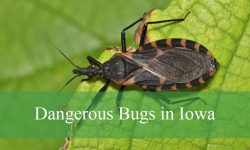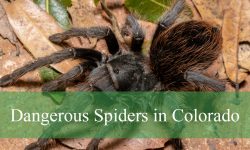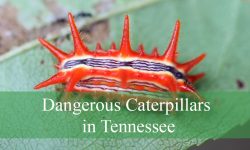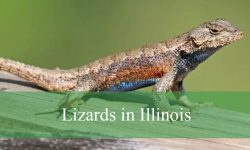Across New York, a variety of falcon species can be found, from the small and agile American Kestrel to the powerful Peregrine Falcon. These raptors demonstrate extraordinary speed, hunting skill, and adaptability in both urban and natural environments.
Observing falcons offers a rare glimpse into their behavior, from high-speed aerial stoops to precise hunting techniques. Each species has unique markings, size, and habitat preferences, making identification fascinating and rewarding for birdwatchers.
In cityscapes, open fields, and along river corridors, knowing the best times and locations greatly increases the chances of witnessing these raptors’ remarkable flight and predatory skills.
Different Types of Falcons Found in New York
Peregrine Falcon (Falco peregrinus)
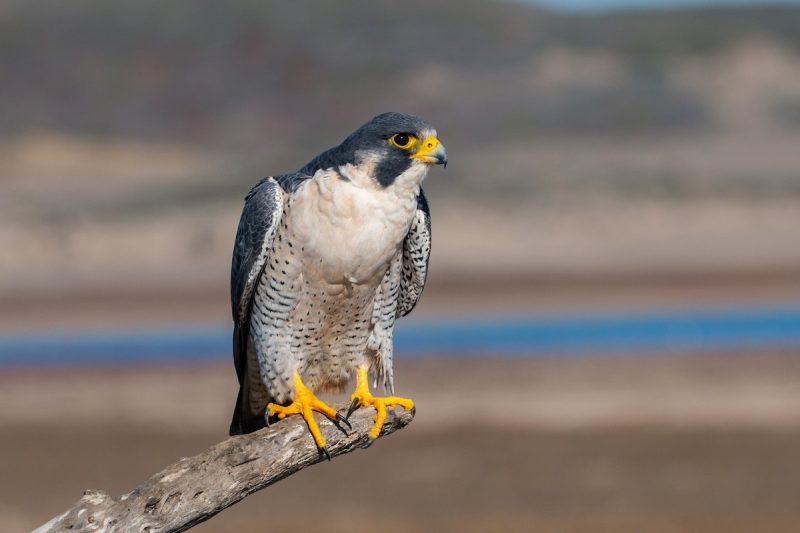
The Peregrine Falcon is a medium-sized raptor widely admired for its incredible speed and hunting prowess. Adults have a slate-gray back and wings, with a distinct barred pattern on the chest and underparts. Their heads are marked with a dark “moustache” stripe on each side of the face, contrasting sharply with a pale throat. Juveniles are browner with streaked underparts but retain the same slender, streamlined shape that aids in aerial hunting. Their long, pointed wings and relatively short tail give them a sleek, aerodynamic silhouette that is unmistakable in flight.
In New York, Peregrine Falcons are primarily found in urban areas as well as along cliffs and river valleys. They have adapted well to city life, nesting on tall buildings and bridges where ledges mimic their natural cliffside nests. These falcons are territorial and often seen soaring above open landscapes, rivers, and coastal areas, scanning for prey. Their keen eyesight allows them to spot birds and small mammals from hundreds of feet above the ground, making them formidable hunters.
Peregrine Falcons are renowned for their hunting technique called a “stoop,” where they dive at speeds exceeding 200 miles per hour to strike prey mid-air. Their diet in New York largely consists of pigeons, starlings, and other medium-sized birds, though they occasionally take small mammals. They hunt primarily during the day, relying on speed and surprise to capture prey rather than ambush. Their agility and power make them one of the most efficient avian predators in the state.
Breeding occurs in the spring, with pairs forming long-term bonds and returning to the same nesting sites each year. Females lay between three to five eggs on bare ledges, and both parents take part in incubation and feeding of chicks. Young falcons fledge after about five to six weeks but continue to be fed by parents for several weeks afterward. The successful conservation and reintroduction programs in New York have helped Peregrine Falcon populations recover from historical declines, making them a remarkable example of urban wildlife adaptation.
American Kestrel (Falco sparverius)
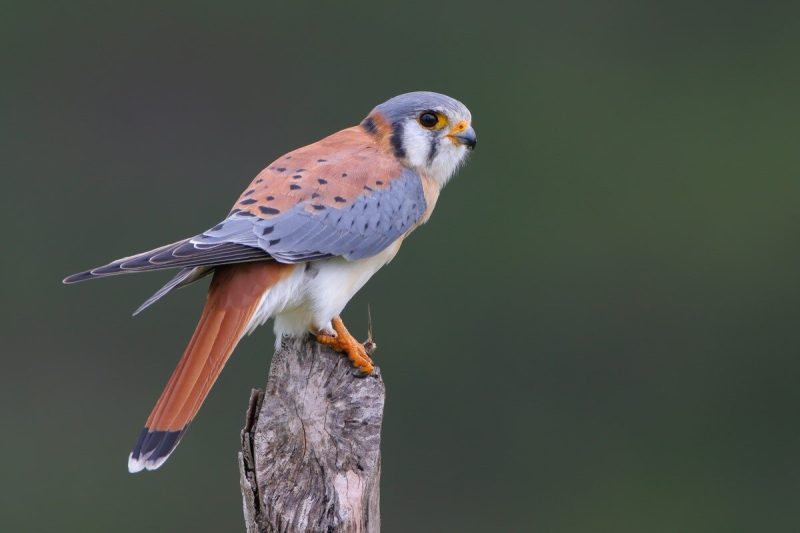
The American Kestrel is the smallest falcon in North America, yet it is strikingly colorful and highly agile. Adult males exhibit blue-gray wings with a rufous back and tail, while females are mostly reddish-brown with darker barring. Both sexes have a distinct facial pattern of two vertical black stripes on a white face, giving them a “mustached” appearance. Their compact size, combined with pointed wings and a long tail, allows them to hover briefly while scanning for prey, a hunting behavior that sets them apart from larger falcons.
In New York, American Kestrels inhabit open fields, farmlands, meadows, and suburban areas with scattered trees or utility poles. They prefer areas with abundant perches that offer a clear view of potential prey. These birds are cavity nesters, often utilizing natural tree hollows or nest boxes provided by humans. Kestrels are highly territorial during the breeding season, defending hunting grounds vigorously from intruders of their species.
Hunting involves hovering over open areas to locate insects, small rodents, and occasionally small birds or reptiles. They typically swoop down to snatch prey with their sharp talons. This versatile diet allows them to thrive even in fragmented landscapes. Kestrels are active during daylight hours, particularly in the early morning and late afternoon when prey is most visible. Their keen eyesight, combined with nimble flight, makes them effective hunters despite their small size.
Breeding occurs in the spring and early summer, with females laying four to six eggs in cavities or nest boxes. Both parents participate in raising the chicks, though the female incubates while the male provides food. Young fledge at around four weeks of age but remain near the nest to receive care for an additional two weeks. In New York, the American Kestrel population has faced some decline due to habitat loss, but conservation efforts, including the installation of nest boxes, have helped support their numbers.
Merlin (Falco columbarius)
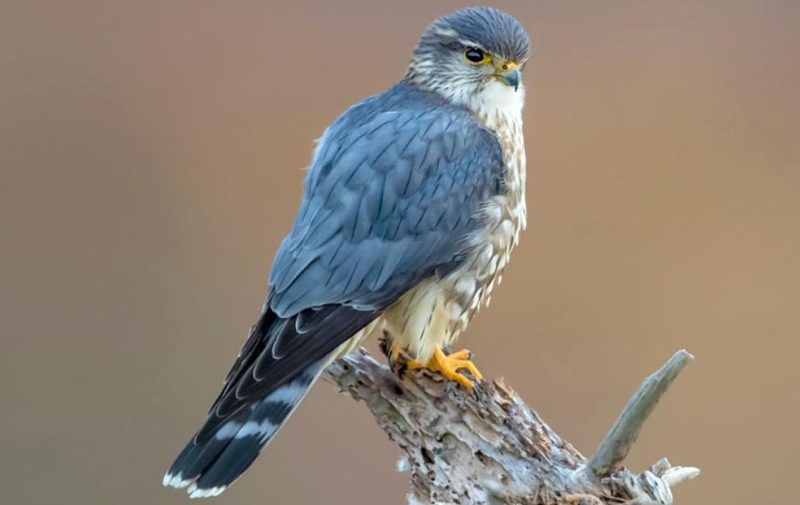
The Merlin is a small, robust falcon known for its speed, aggressive hunting style, and remarkable adaptability. Adults have a dark gray-blue back and wings, with a finely streaked breast and pale throat. Females and juveniles are brown with heavy streaking, making them more camouflaged in forested habitats. Merlins have short wings and a relatively long tail, allowing for quick, agile flight through dense trees and brush. Their small size, about 9–13 inches in length, and rapid wingbeats give them a distinctive, fast-moving appearance in the air.
Merlins in New York are often found in open woodlands, forest edges, coastal areas, and grasslands. They migrate through the state during the fall and spring, while some winter along the southern shorelines and open fields. These birds are highly territorial and tend to defend nesting areas aggressively, even against larger raptors. Merlins are cavity nesters, usually taking over old hawk or crow nests in trees, although they sometimes nest on cliffs or man-made structures.
Merlins are fierce hunters, preying primarily on small songbirds such as sparrows, starlings, and finches. They rely on speed and surprise, often flying low and fast to flush out birds from cover, catching them mid-air with swift, precise strikes. Merlins typically hunt in small, wooded areas where their agility provides a strong advantage over slower, larger birds of prey. Their diet can also include insects and small mammals when birds are scarce.
Breeding occurs in late spring, with females laying three to six eggs in selected nests. Both parents contribute to raising the chicks, though the female primarily incubates while the male hunts. Young Merlins fledge in about four weeks and continue to receive care until they can hunt independently. Their presence in New York is an indicator of healthy ecosystems, as they rely on both open hunting areas and nearby forested cover for nesting and protection.
Gyrfalcon (Falco rusticolus)
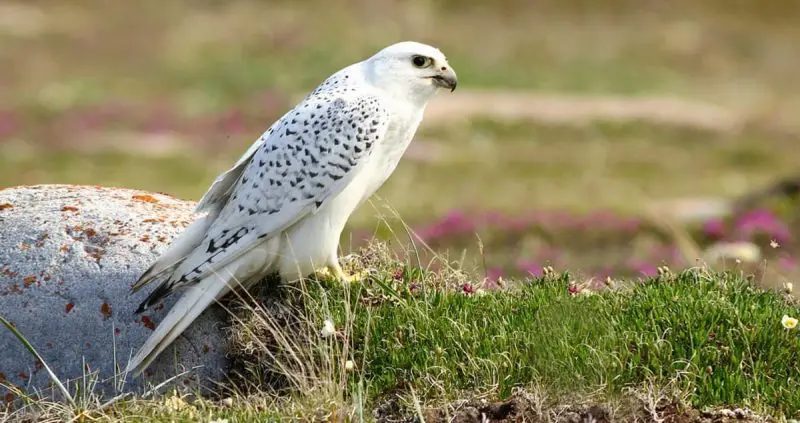
The Gyrfalcon is the largest falcon in North America and is renowned for its formidable size and powerful build. Adults display considerable color variation, ranging from almost pure white to dark gray, with the most common in New York being pale gray with darker streaks. Their large, broad wings and robust body give them a heavier appearance than other falcons, while their hooked beak and strong talons are designed for subduing sizeable prey. Juveniles often have darker plumage with streaking on the chest, gradually lightening as they mature.
In New York, Gyrfalcons are rare winter visitors, typically found along the northern regions or open, tundra-like landscapes along rivers and lakes where prey is abundant. They prefer expansive open areas with limited tree cover, which allows them to use their strength and speed efficiently. These falcons are highly territorial and solitary, often occupying large hunting ranges to ensure enough food. They may occasionally venture into coastal areas or agricultural fields during harsh winters.
Gyrfalcons are apex predators, feeding on medium-sized birds such as ducks, geese, and shorebirds, and occasionally small mammals like rabbits or squirrels. They hunt with rapid, powerful stoops and aggressive pursuit, demonstrating both speed and strength. Their hunting style is more direct and forceful compared to smaller, more agile falcons. They are highly adaptable and will exploit both natural and urban prey sources if available.
Breeding in Gyrfalcons is rare in New York due to their infrequent presence, but when they do nest, it is typically on cliffs or rocky outcrops. The female lays three to four eggs, with both parents participating in feeding and guarding the chicks. Young fledge after approximately six weeks and rely on the parents for an additional few weeks as they learn to hunt independently. Conservation efforts and monitoring have made Gyrfalcons a species of interest for bird watchers, as spotting one in New York is a notable event.
Prairie Falcon (Falco mexicanus)
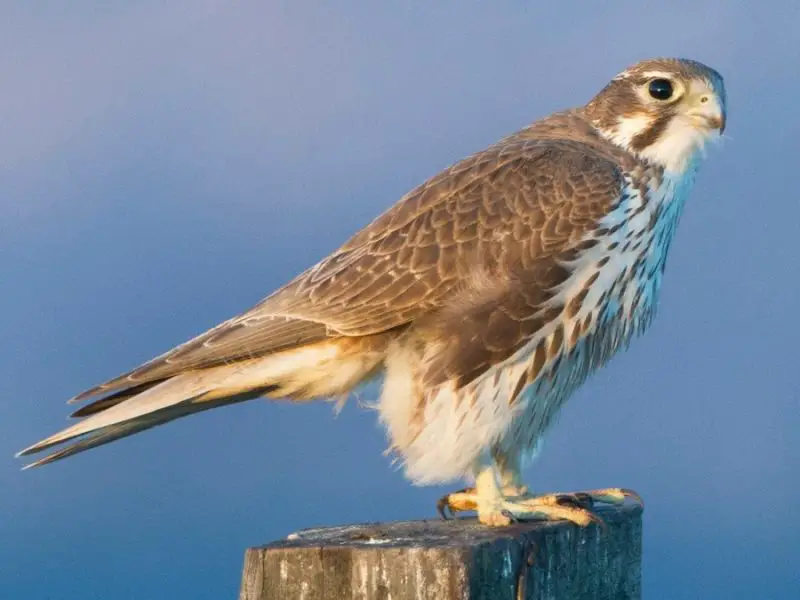
The Prairie Falcon is a medium-sized falcon known for its agility, powerful flight, and adaptability to open landscapes. Adults have a sandy-brown back and wings with distinctive dark facial “mustache” markings and streaked underparts, giving them a rugged, earthy appearance. Their pointed wings and moderately long tail allow them to maneuver skillfully at high speeds. Juveniles are darker and more heavily streaked, helping them blend into their natural arid and open habitats. Despite their relative rarity in New York, their unique coloration makes them identifiable when sighted.
Prairie Falcons are uncommon vagrants in New York, usually observed during migration or occasional winter dispersal. They inhabit wide-open areas such as grasslands, prairies, and desert-like landscapes in their primary range but may exploit river valleys and open farmlands in New York. They are highly territorial and prefer elevated perches for spotting prey across expansive areas. Nests are typically on cliff ledges, rocky outcrops, or occasionally abandoned structures, though sightings of nesting in New York are extremely rare.
These falcons are versatile hunters, feeding mainly on small to medium-sized birds and mammals. They rely on rapid, low-level flights to flush out prey and execute high-speed chases, showing remarkable precision and stamina. Prairie Falcons are diurnal hunters, taking advantage of early morning and late afternoon light to locate prey. Their diet flexibility and aerial skill allow them to survive in a range of environments, although their presence in New York is largely occasional.
Breeding typically occurs in spring, with females laying three to five eggs on bare cliff ledges or sheltered rock sites. Both parents participate in raising the chicks, with the male providing most of the food while the female incubates and protects the young. Fledging occurs around five weeks of age, with continued parental guidance afterward. Although rare in New York, Prairie Falcons contribute to the diversity of raptors in the state and are a sought-after species for keen birdwatchers and falcon enthusiasts.
Best Time and Places to Observe Falcons in New York
Falcons can be observed throughout New York at different times of the year, depending on the species. Peregrine Falcons, American Kestrels, and Merlins are the most commonly seen year-round, though migration seasons in spring (March to May) and fall (September to November) often provide the best viewing opportunities. Gyrfalcons and Prairie Falcons are rare visitors, typically appearing during the winter months (December to February), when harsh weather pushes them southward from their usual ranges. Early mornings and late afternoons are ideal for watching hunting behavior, as falcons are most active during these periods when prey is abundant.
Urban areas with tall buildings, bridges, and waterfronts offer excellent opportunities to observe Peregrine Falcons, as these structures mimic their natural cliffside nesting habitats. In contrast, American Kestrels are best spotted in open fields, farmlands, and meadows, where they perch on fence posts or utility poles while scanning for insects and small mammals. Merlins are often seen flying low through forest edges or open woodlands, especially near rivers and coastal areas where small songbirds congregate.
For the rarer species, Gyrfalcons are most likely to be seen in northern New York near open lakes, river valleys, or expansive fields during winter months. Prairie Falcons are infrequent visitors, but occasional sightings occur in western or upstate regions, particularly in open farmlands and river valleys that provide clear hunting grounds. Birdwatchers should consult local sightings, migration reports, and raptor observatories to increase the chances of spotting these elusive falcons.
Seasonal migration and weather patterns play a significant role in falcon visibility. Winter storms can push northern species south, while spring and fall migrations concentrate larger numbers of birds in specific areas. Coastal regions, river corridors, and urban centers are particularly productive for observing multiple species at once. Bringing binoculars or a spotting scope and maintaining patience near known hunting or nesting sites can yield rewarding falcon sightings in New York throughout the year.
FAQs About Falcons in New York
What species of falcons can be found in New York?
New York hosts five falcon species: Peregrine Falcon, American Kestrel, Merlin, Gyrfalcon, and Prairie Falcon. The first three are the most commonly seen, while Gyrfalcons and Prairie Falcons are rare or seasonal visitors, often appearing during winter or migration.
When is the best time to observe falcons in New York?
Falcons are most active during early mornings and late afternoons when hunting activity peaks. Peregrine Falcons, American Kestrels, and Merlins can be observed year-round, with migration seasons in spring (March–May) and fall (September–November) offering higher chances to spot them. Gyrfalcons and Prairie Falcons are typically seen in winter (December–February).
Where are the best places to see falcons in New York?
Urban areas with tall buildings and bridges are ideal for Peregrine Falcons, while American Kestrels are best observed in open fields, farmlands, and meadows. Merlins prefer forest edges and river corridors, whereas Gyrfalcons and Prairie Falcons are usually spotted in northern or western open areas and along river valleys during winter.
What do falcons eat in New York?
Falcons are carnivorous birds of prey. Peregrine Falcons mainly hunt medium-sized birds like pigeons and starlings. American Kestrels feed on insects, small mammals, and occasionally birds. Merlins focus on small songbirds, while Gyrfalcons target medium-sized birds and mammals. Prairie Falcons hunt birds and small mammals, depending on availability.
How can I identify different falcon species?
Peregrine Falcons are medium-sized with slate-gray backs and a dark “moustache” mark. American Kestrels are the smallest falcons, showing vibrant blue-gray wings in males and reddish-brown in females, with distinct facial stripes. Merlins are small, robust, and streaked, with darker plumage in juveniles. Gyrfalcons are large with variable gray or white plumage, and Prairie Falcons are sandy-brown with streaked underparts and a dark facial stripe.
Are falcons protected in New York?
Yes, all falcon species are protected under federal and state laws, including the Migratory Bird Treaty Act. Disturbing nests, capturing, or harming these birds is illegal. Conservation programs have helped Peregrine Falcon populations recover, especially in urban environments.
Can I attract falcons to my property?
You can encourage falcons like American Kestrels by installing nest boxes in open areas. Urban Peregrine Falcons are drawn to tall buildings that mimic cliffs. However, providing food is unnecessary and discouraged, as falcons are skilled hunters and human-provided food can disrupt their natural behaviors.

